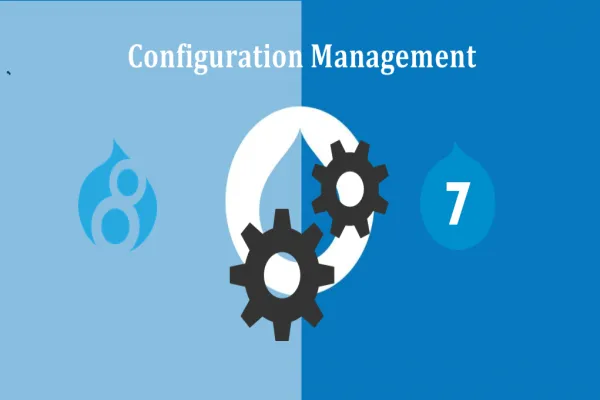We, in the Drupal community, have often had to deal with the task of adding new functionalities to existing Drupal sites where content is generated on hourly/daily basis. We cannot put the site under maintenance or stop users creating new content while deploying the additional features we have developed.
The main problem is that the configuration settings for the Drupal platform are stored in the same database as regular content. Whenever the settings need to be managed, there is a risk of user-generated content in the database being impacted or lost. This necessitates database backups to ensure content security during configuration management.
Moreover, the modules currently available for handling migration of additional functionalities on live sites such as Features ( along with Features Override, Features Extra, Features Plumber ), Strongarm and Context, work in ways subjective to the individual project, and so, for each project, using these modules entails lots of trial and error learning, with sometimes costly mistakes.
Drupal 8 has now included configuration management in Drupal core. With Drupal 8 you can deploy a configuration from one environment to another (between cloned instances of the same site). You can import, export and synchronize configuration without the hassle of using extra modules.
Configuration management in Drupal 8
In Drupal 8, the configuration settings of the core will not be stored in the database anymore. Rather, they will be stored in a master configuration folder. Configuration management activity will thus be kept away from the database that contains your website content. Stringent security measures have been implemented to ensure safety of this configuration folder.
Modules will ship with their own configuration folder containing default configuration settings. As soon as you enable the module, its default settings will be copied to the master configuration folder containing the configuration settings for the core. Whenever the module’s configuration settings are modified, the modified settings are stored in the master configuration folder.
Thus, Drupal 8 will bring an end to the risks associated with configuration settings being stored in your content database.
Should you wish to gain a deeper understanding on how configuration management will work in Drupal 8, do go through the following articles:
http://www.slideshare.net/swentel/drupal-configuration-system-drupal-campbaltics
https://drupal.org/node/1667894
Valuebound is a leading Drupal development company providing enterprise Drupal web solutions. For more information on Drupal development, contact us.





